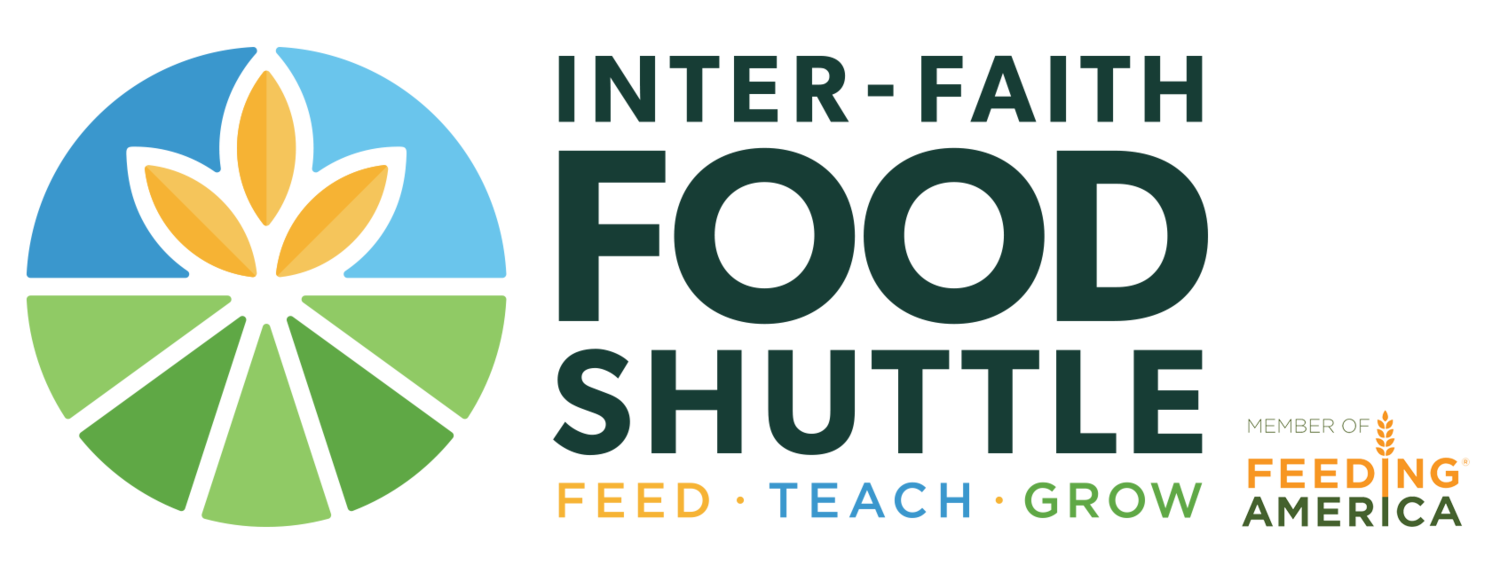By: Belinda Chiu, guest blogger
Unlike many of the amazing volunteer chefs at Operation FrontLine, I am not a trained chef. I am not a professional cook. But I love to cook, love to eat, and love raising awareness about healthy eating and cooking with children. So two months ago, I found myself being the Volunteer Chef for a Kids Up Front class at Forest View Elementary School.
For six weeks, I worked with an incredible team, including the nutritionist Jennifer Hale who is expecting her own little “kid up front” any day now. I was so impressed not only with the expertise of my fellow instructors, but also how thoughtful and committed they were. With a natural ability to connect with our students, Jennifer made the complicated nutritional pyramid fun and understandable.
Of course, without the students, there would be no OFL. We started out with 8 girls and 2 boys and mid-point, it was just the ladies remaining due to scheduling conflicts. Nonetheless, the all-female class forged ahead.
The students were all fourth graders, and some of the brightest, sweetest, spunkiest young ladies I have met. They were all deeply engaged and curious and wanted to learn. Many were gourmands-in the-making, already sous chefs at home with sophisticated palates.
One interesting foodstuff they all seem to have a taste for are Takis. Call me old or ignorant, but I had no ideas what Takis are. I finally gathered that these were spicy corn chips made up of who knows what. Coming from the perspective on encouraging healthy, whole, local, fresh foods…Takis hasn’t quite entered into my pantry. But these students sure loved them.
So how to get young people away from the addictive taste of additive-filled “corn chips” to fresh fruits and vegetables as snacks? Make them cook!
Week by week, we followed this wonderful curriculum and learned about the major food groups. We made black bean tacos and pretzels-from-scratch and vegetable soup. Yes, VEGETABLE soup. Despite initial complaints about those greens, wouldn’t you know it - the vegetable soup they made? They ate every last drop.
How did that happen?
Well, these young women learned some critical knife skills (“the claw!”), how to chop, how to read recipes. They learned how to say different foods in five languages: apple (English), manzana (Spanish), apfel (German), pomme (French), ping guo (Cantonese). They learned how to multiple by doubling recipes and how to improvise when we messed up – which we did several times.
They become in charge of their own learning and their own health – and they dared to try all sorts of new foods. They learned how their foods is tied to their health (this class, for some reason, was obsessed with Vitamin D and where and how to get it. I have no idea why).
And by Week Five, when we asked them what they had for snacks, all the girls named some kind of fruit. Including bananas, which I learned along with my students, is NOT technically a fruit. A banana is an herb! Fruit or herb, these young culinary artists took ownership of their learning, taught me that I still have much to learn, and are proof that learning happens everywhere and that learning can be – and should be – fun.
Takis was mentioned by no one.






























